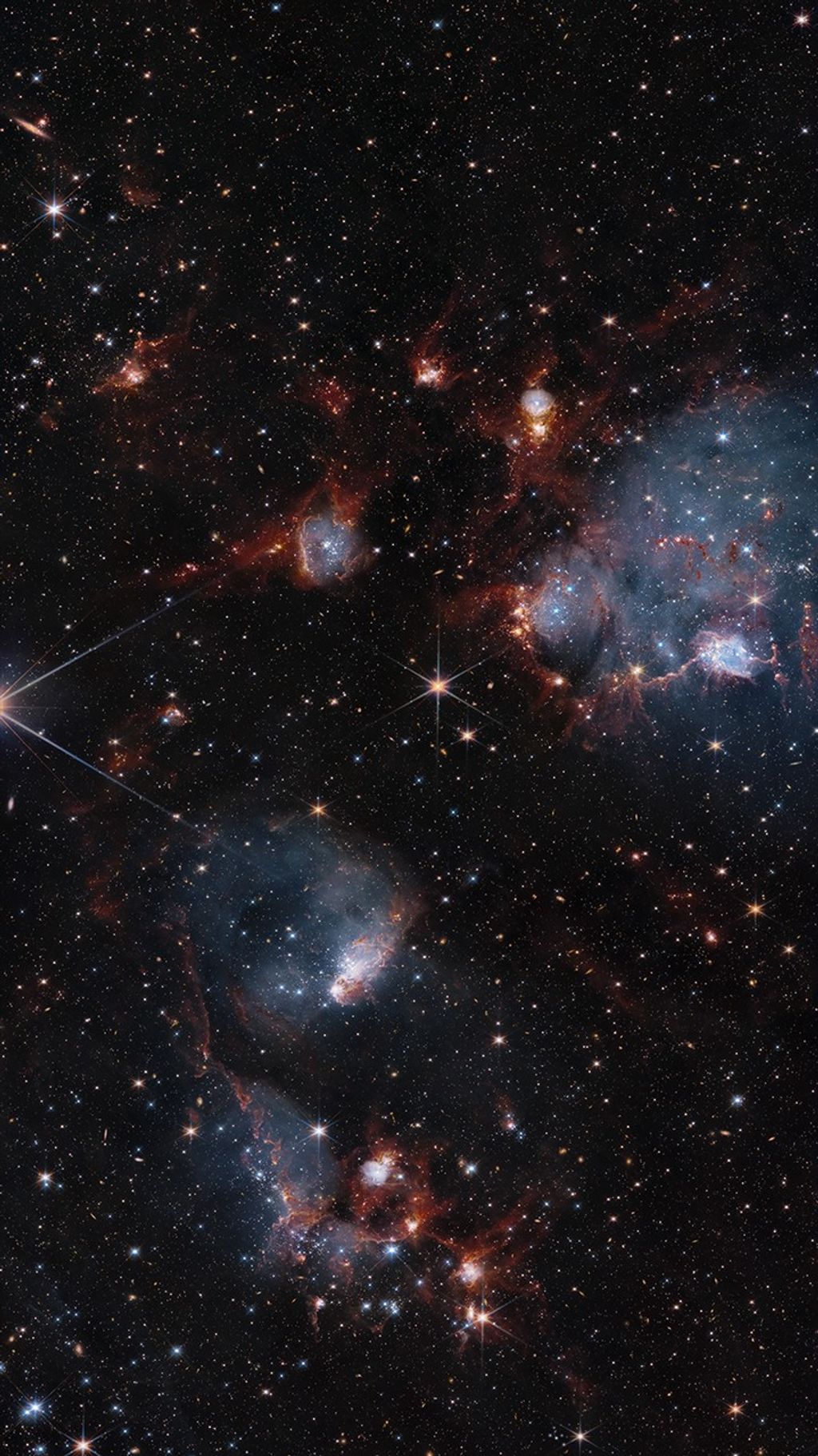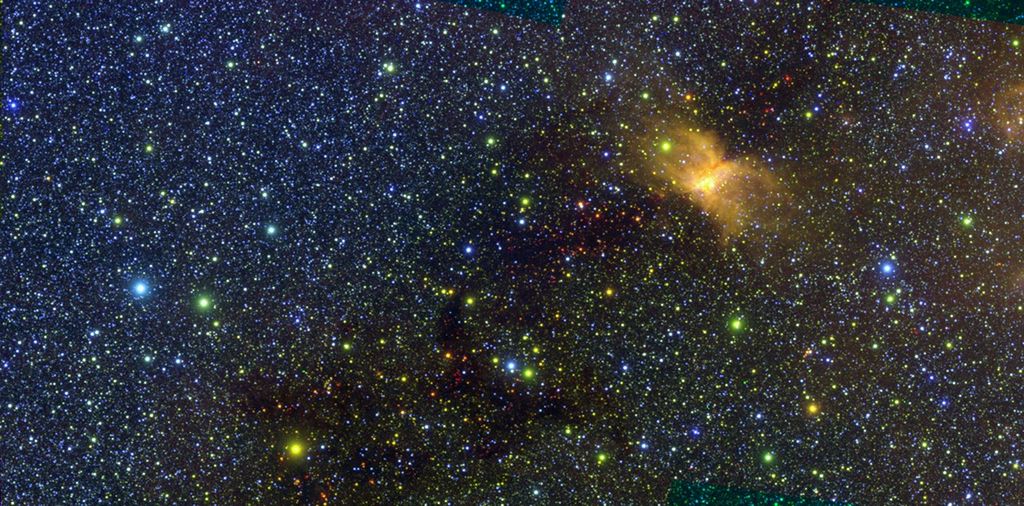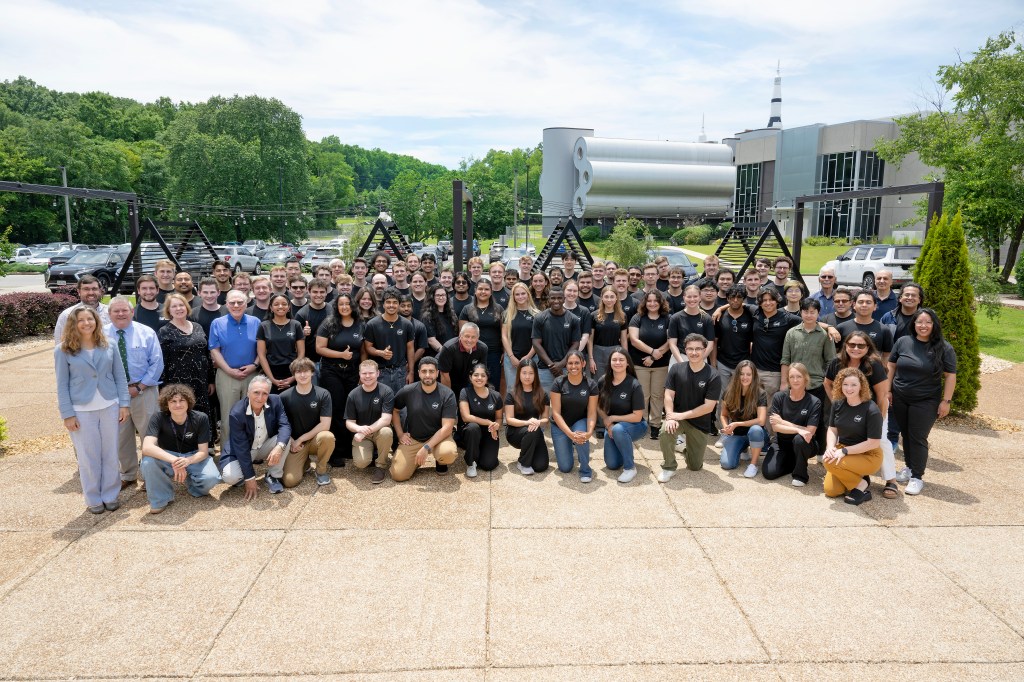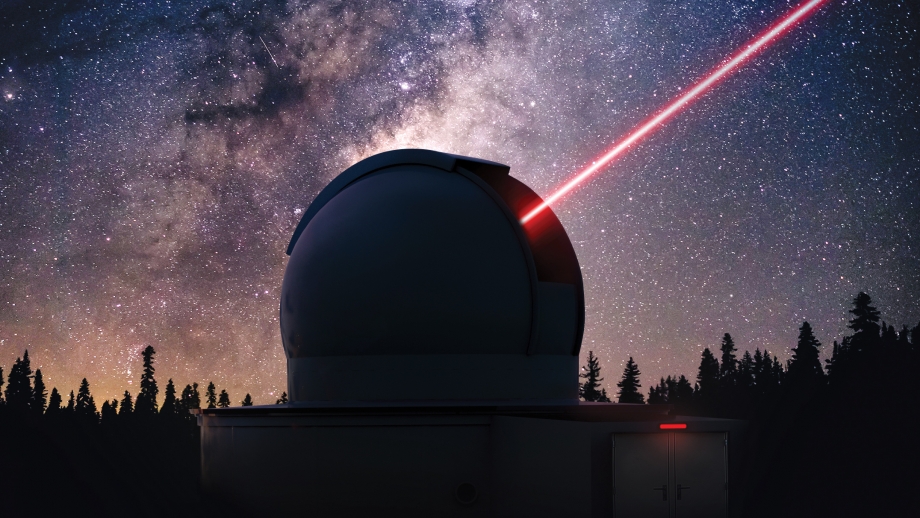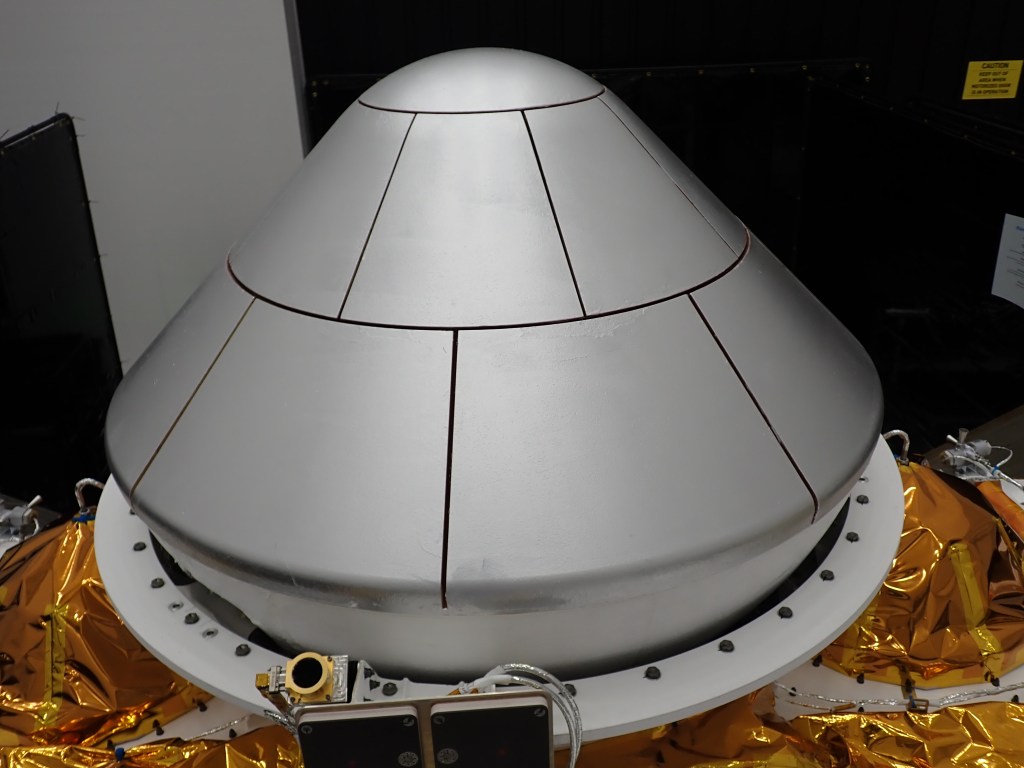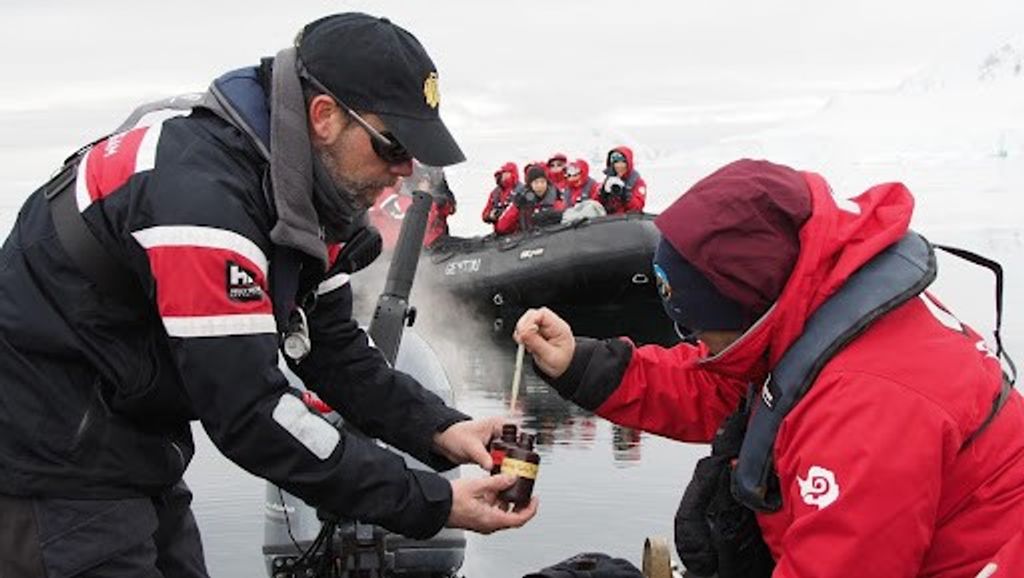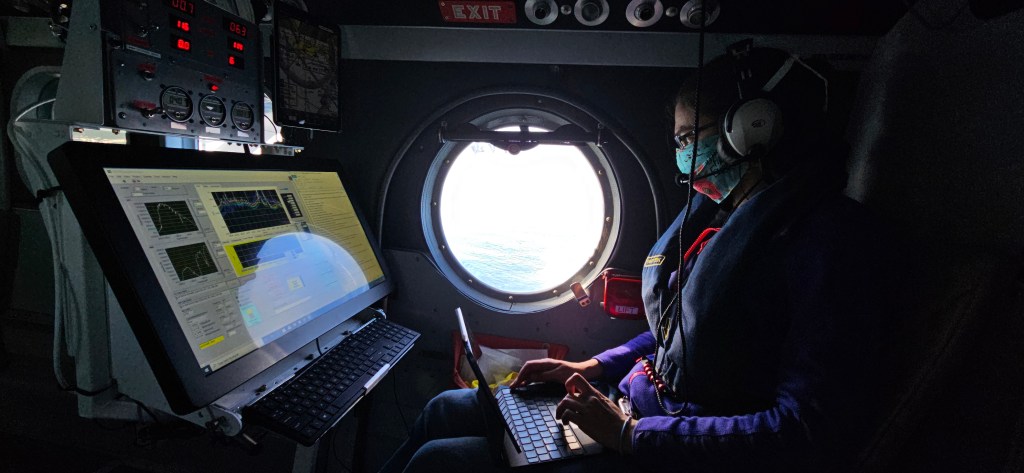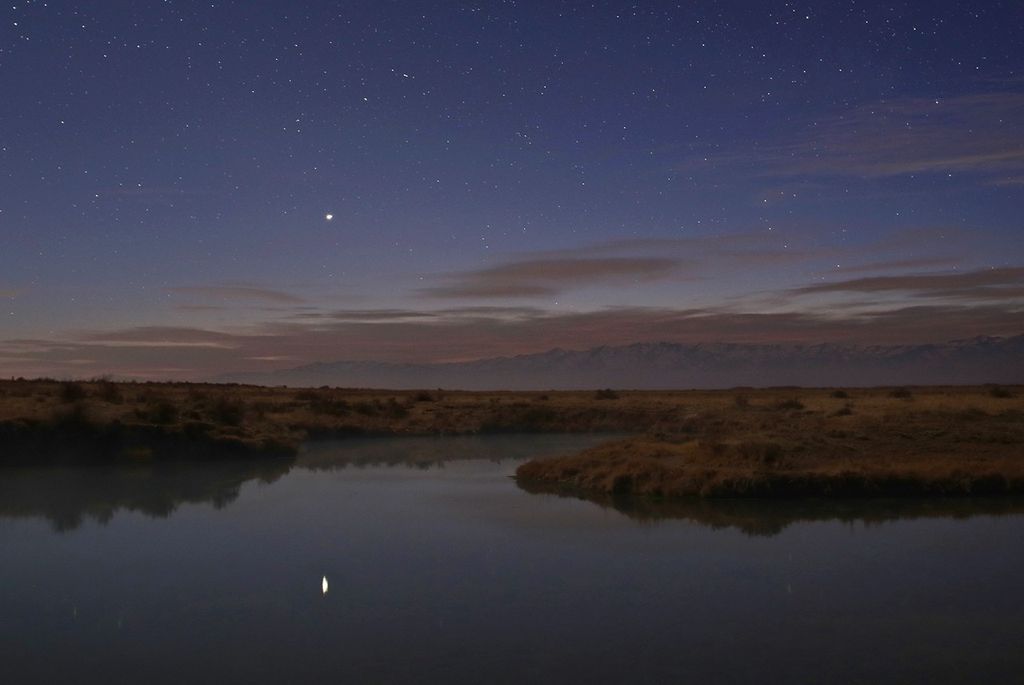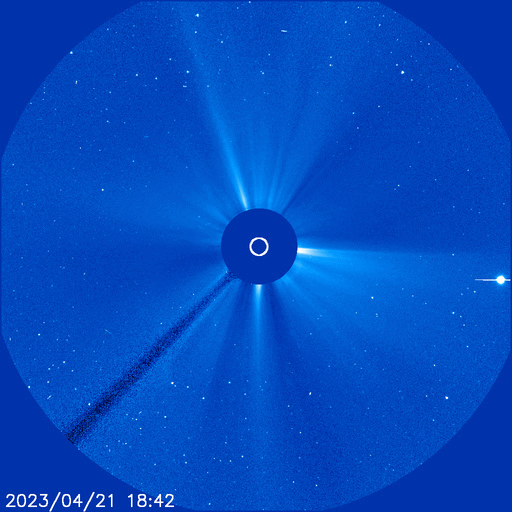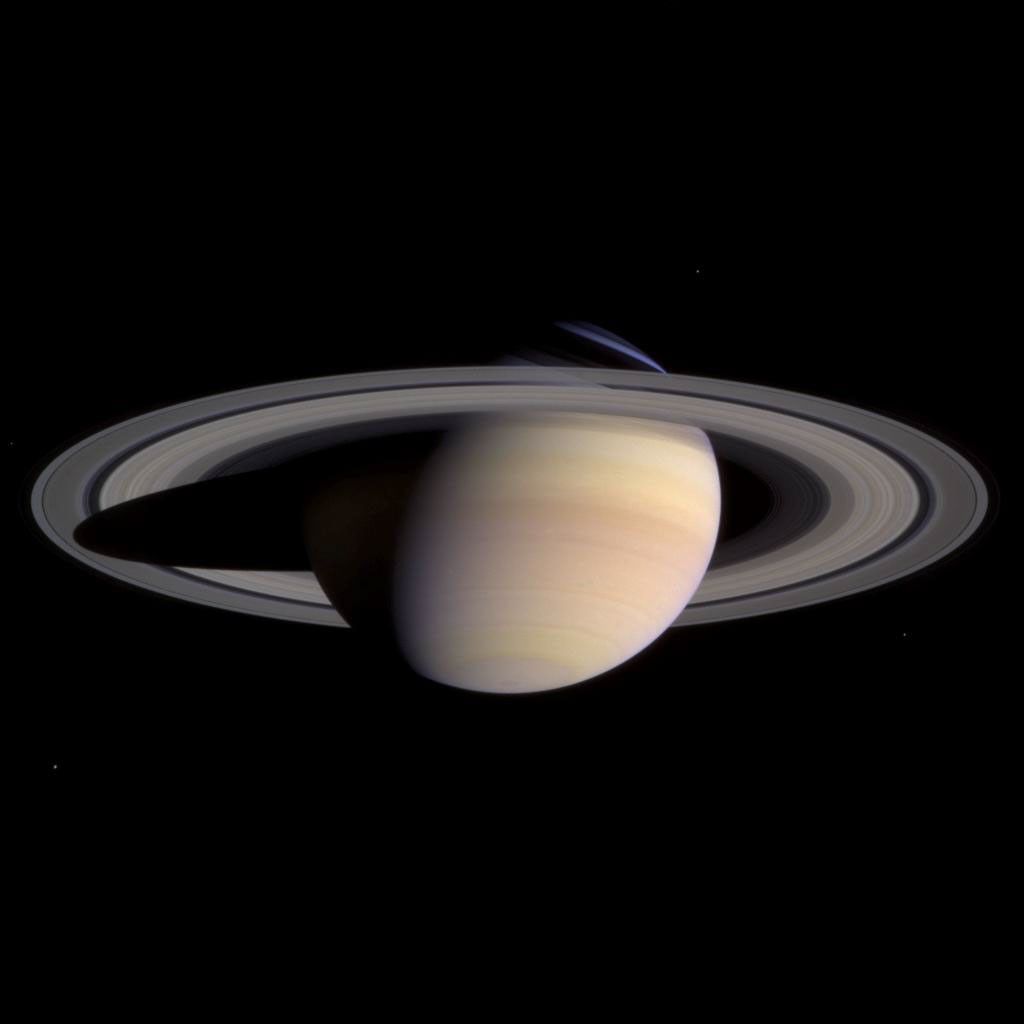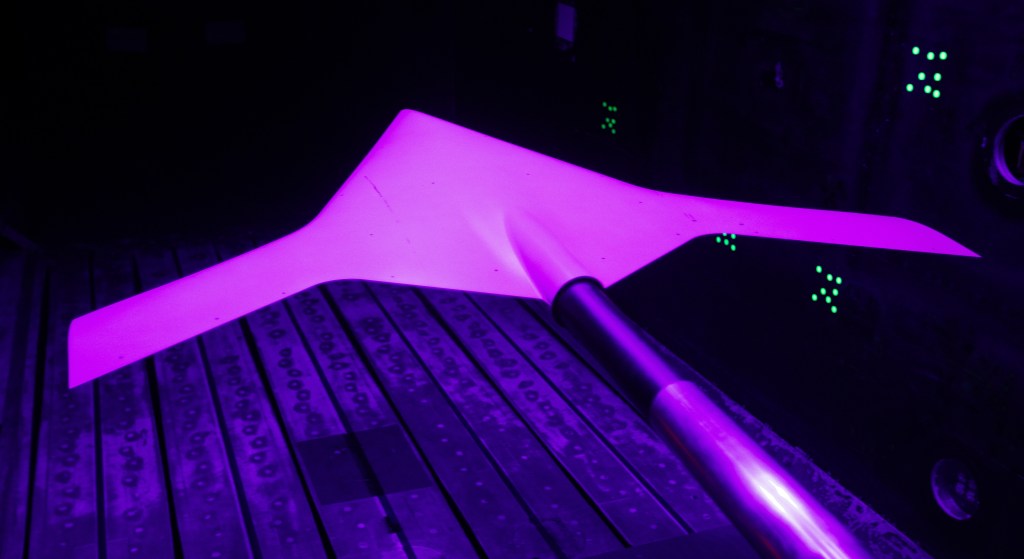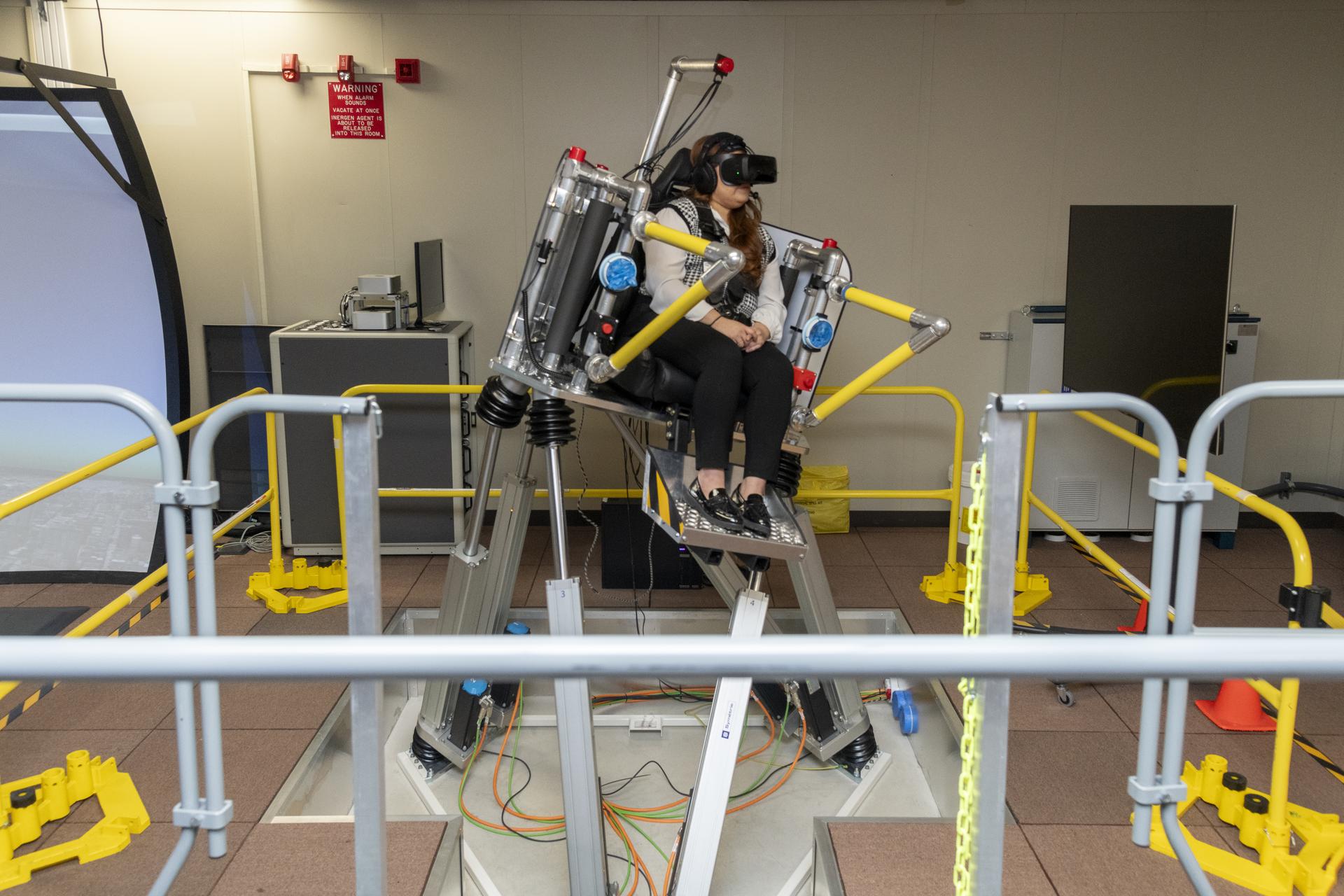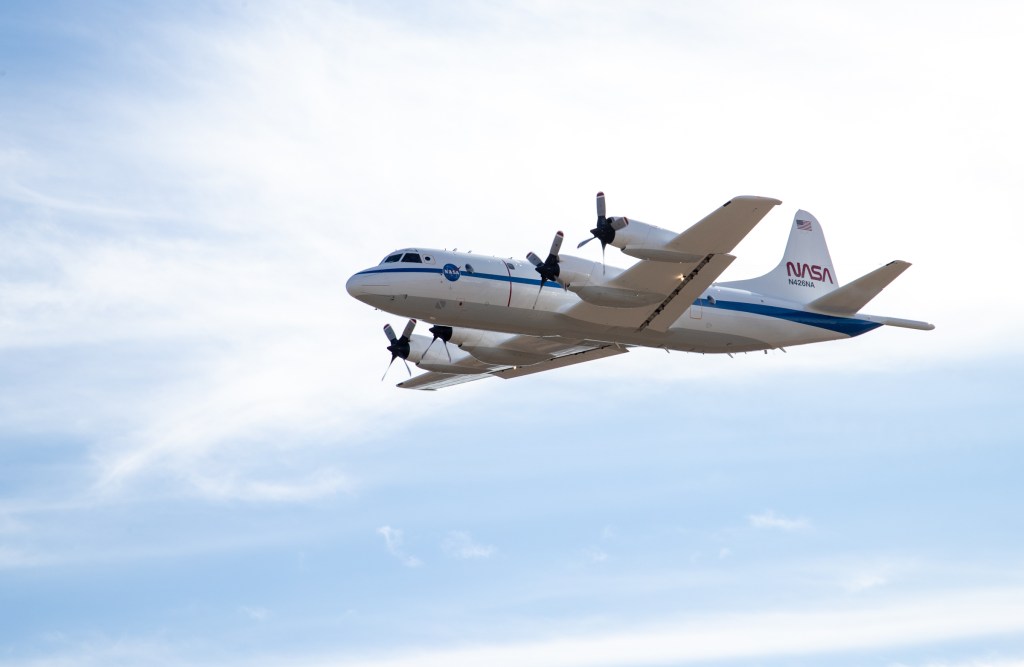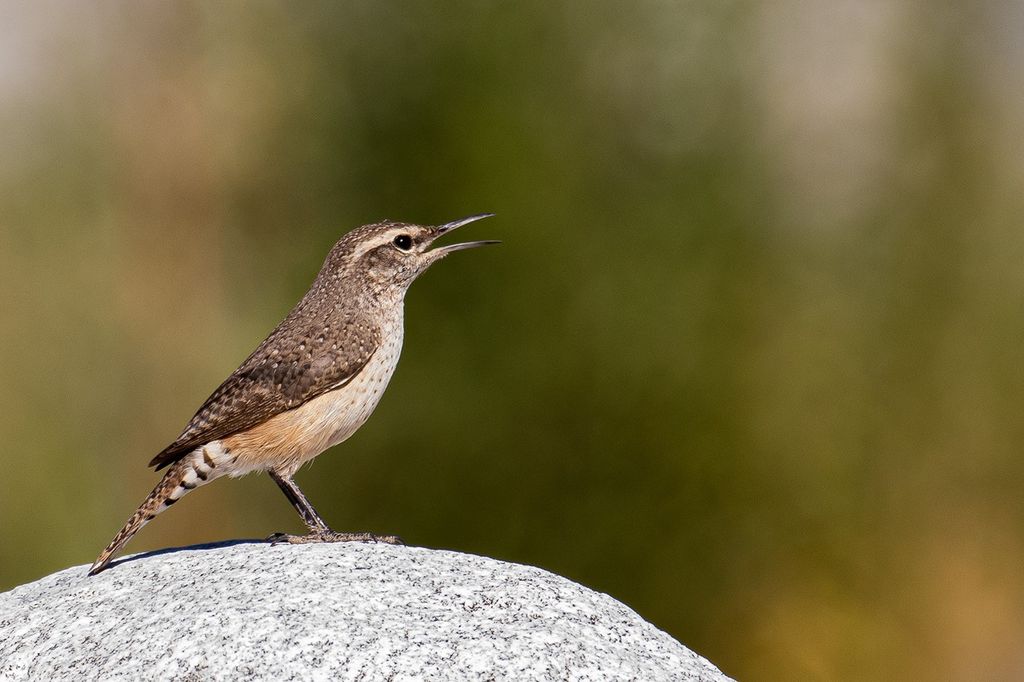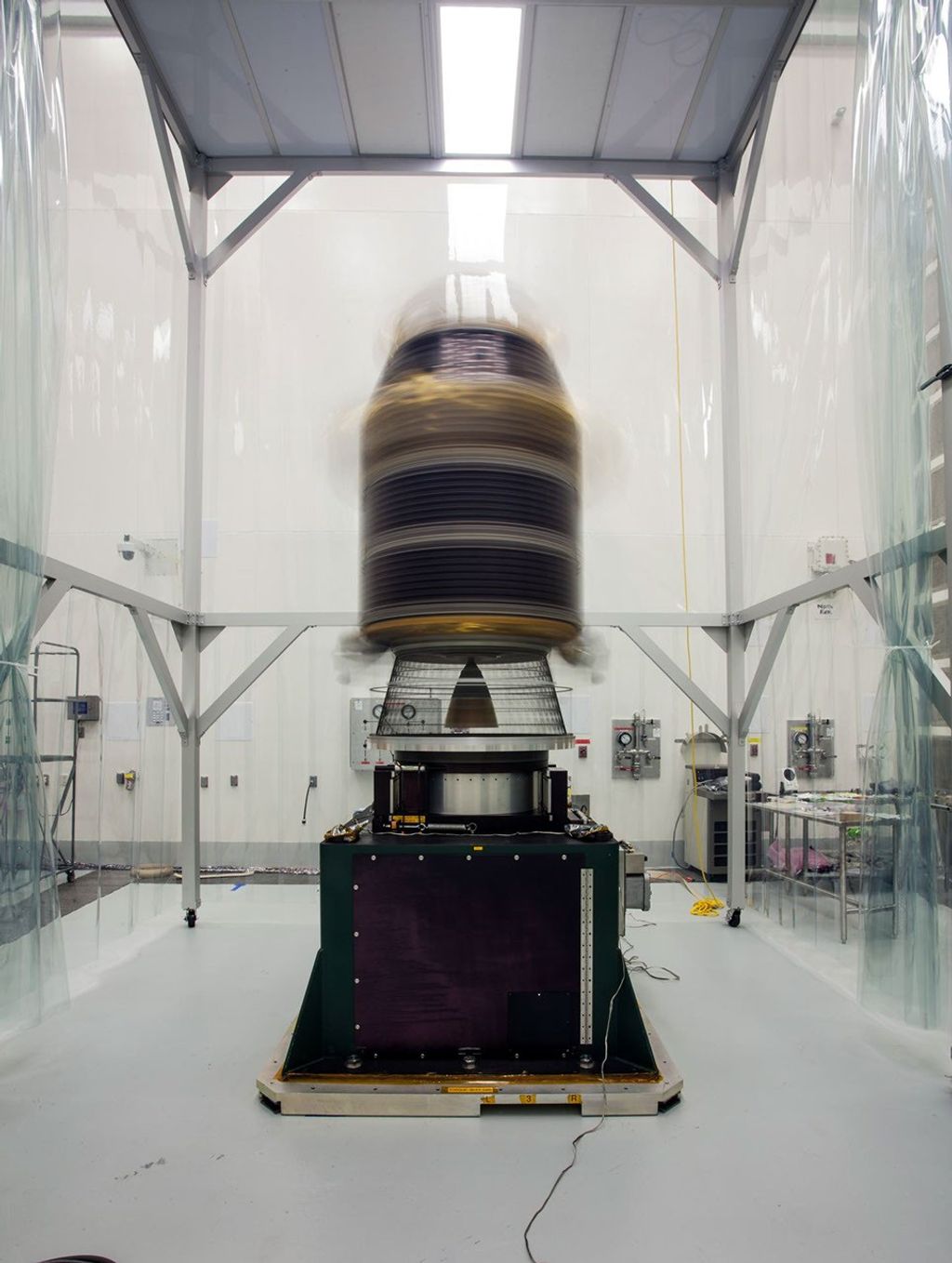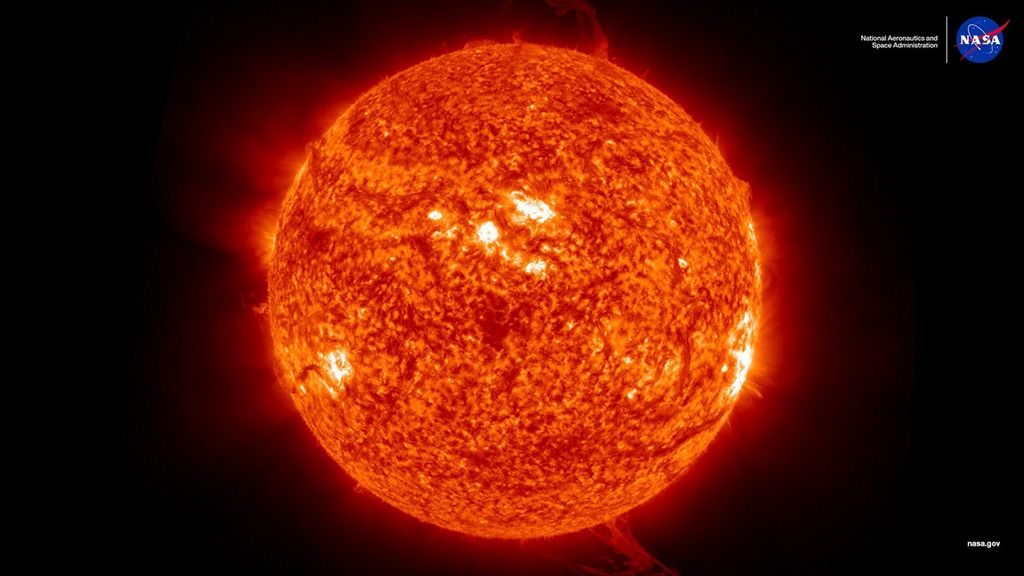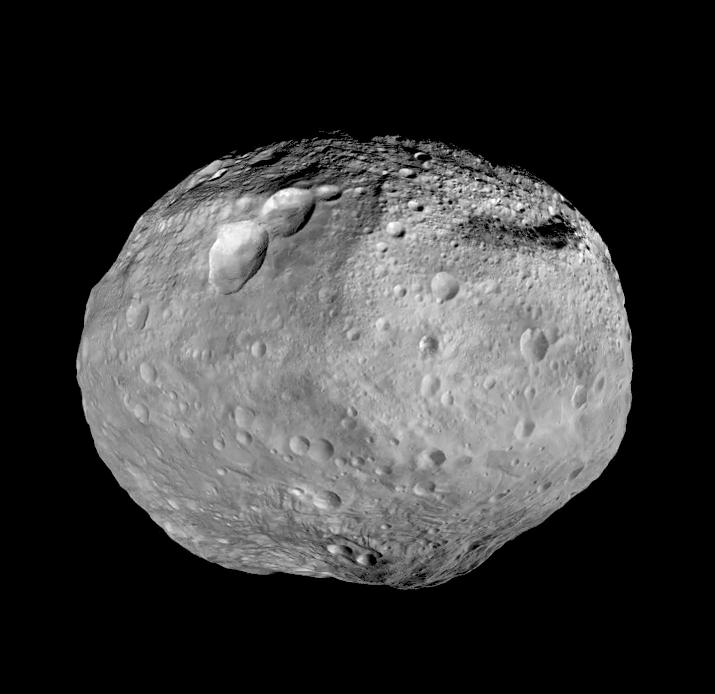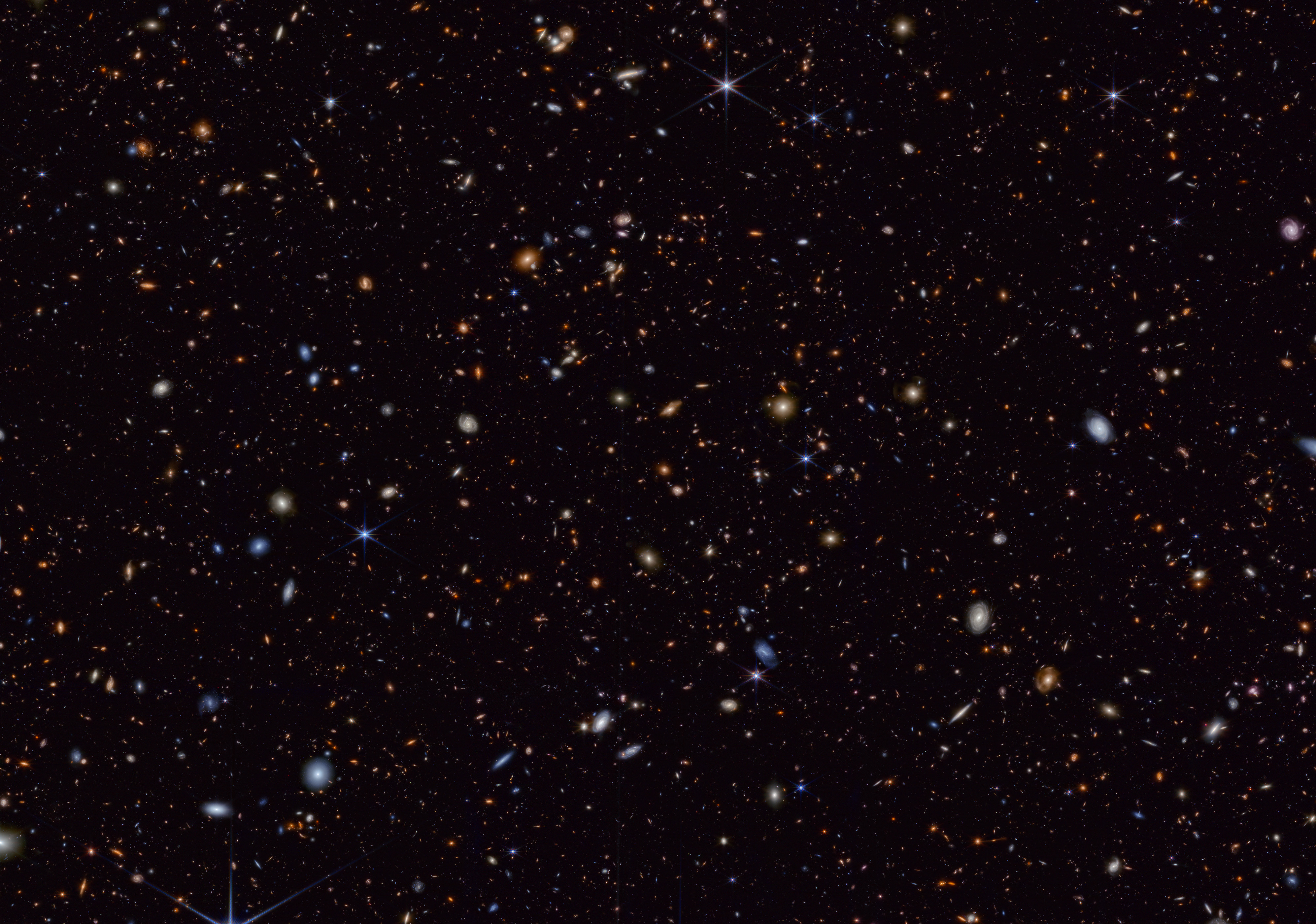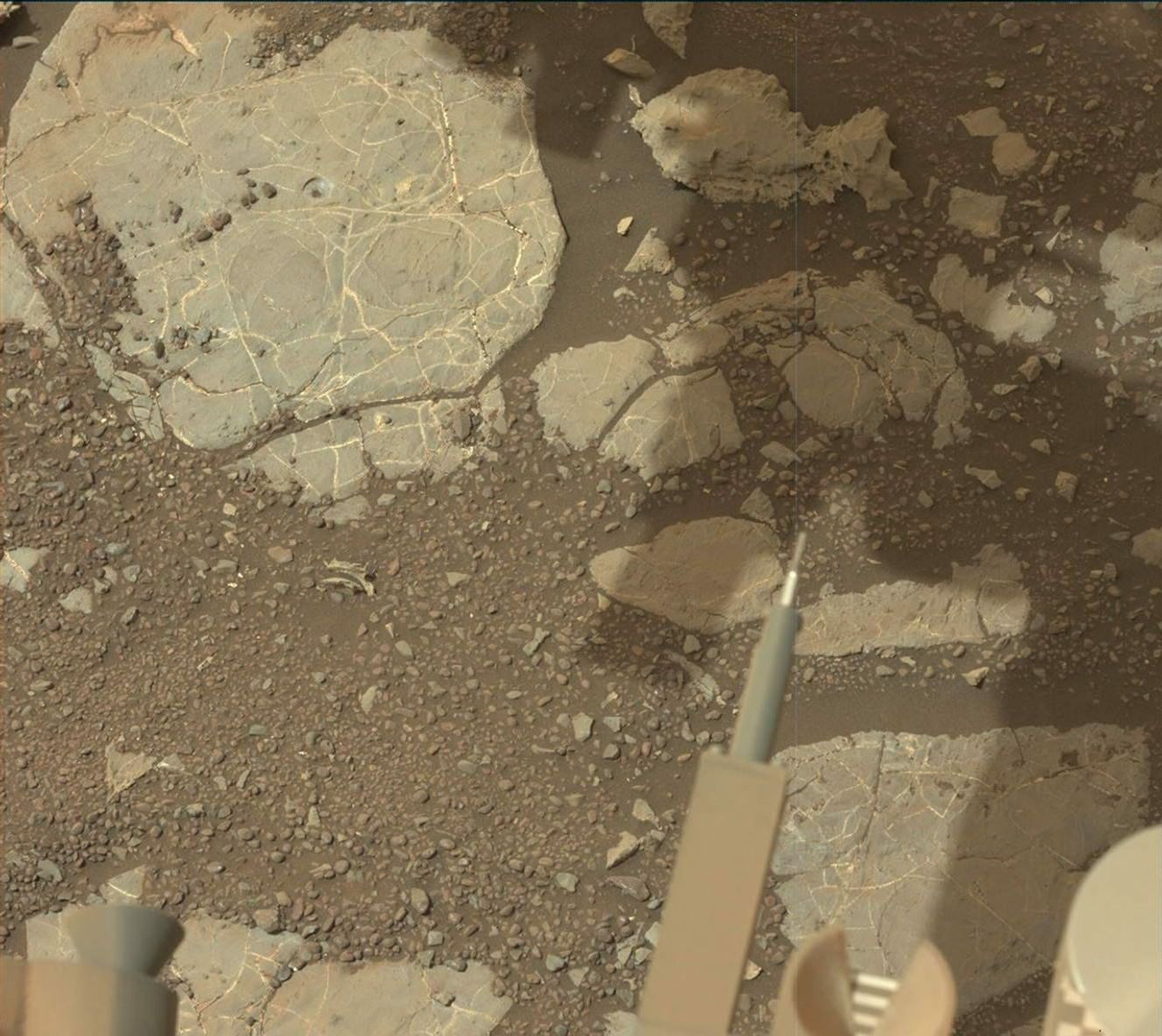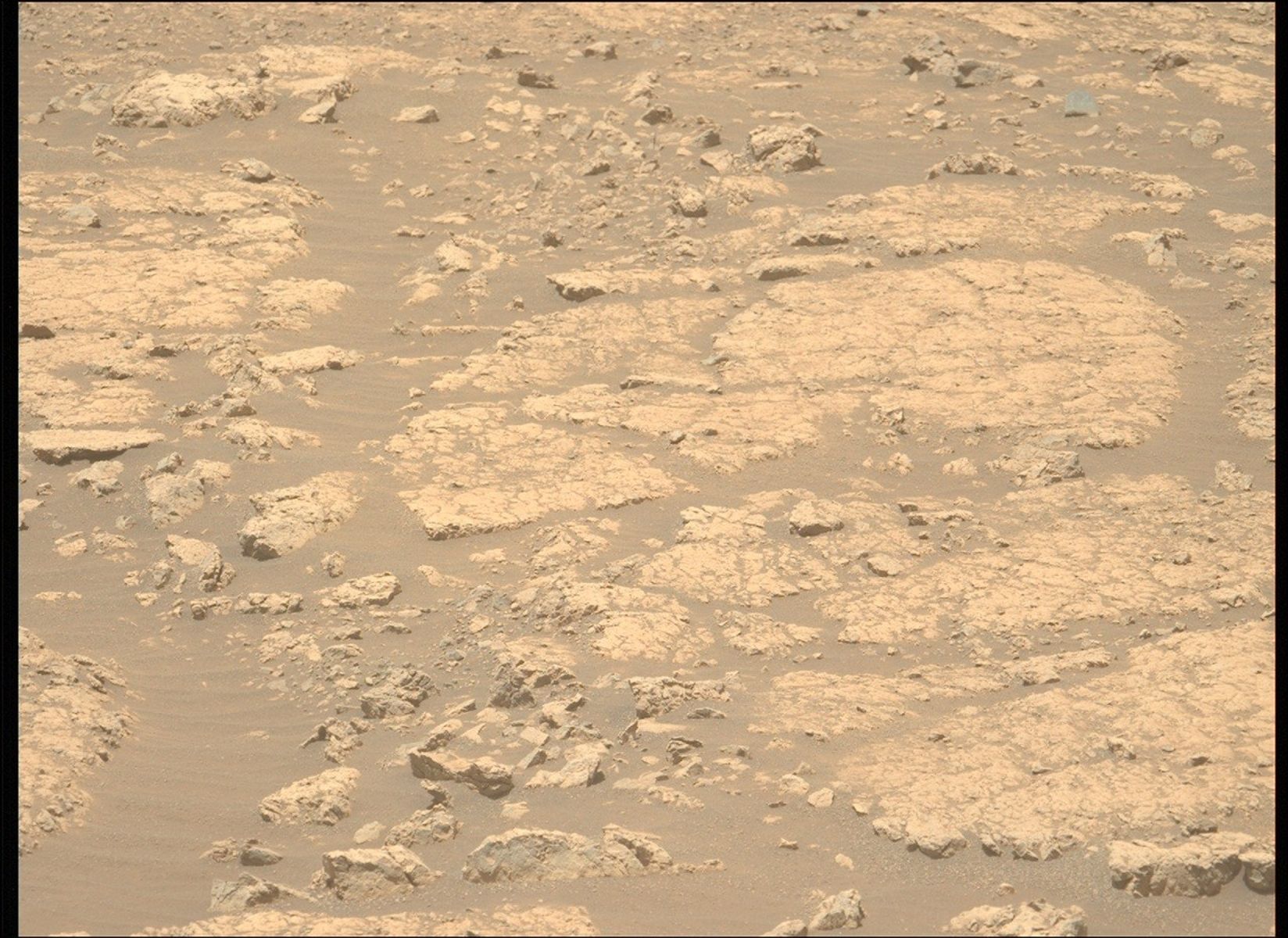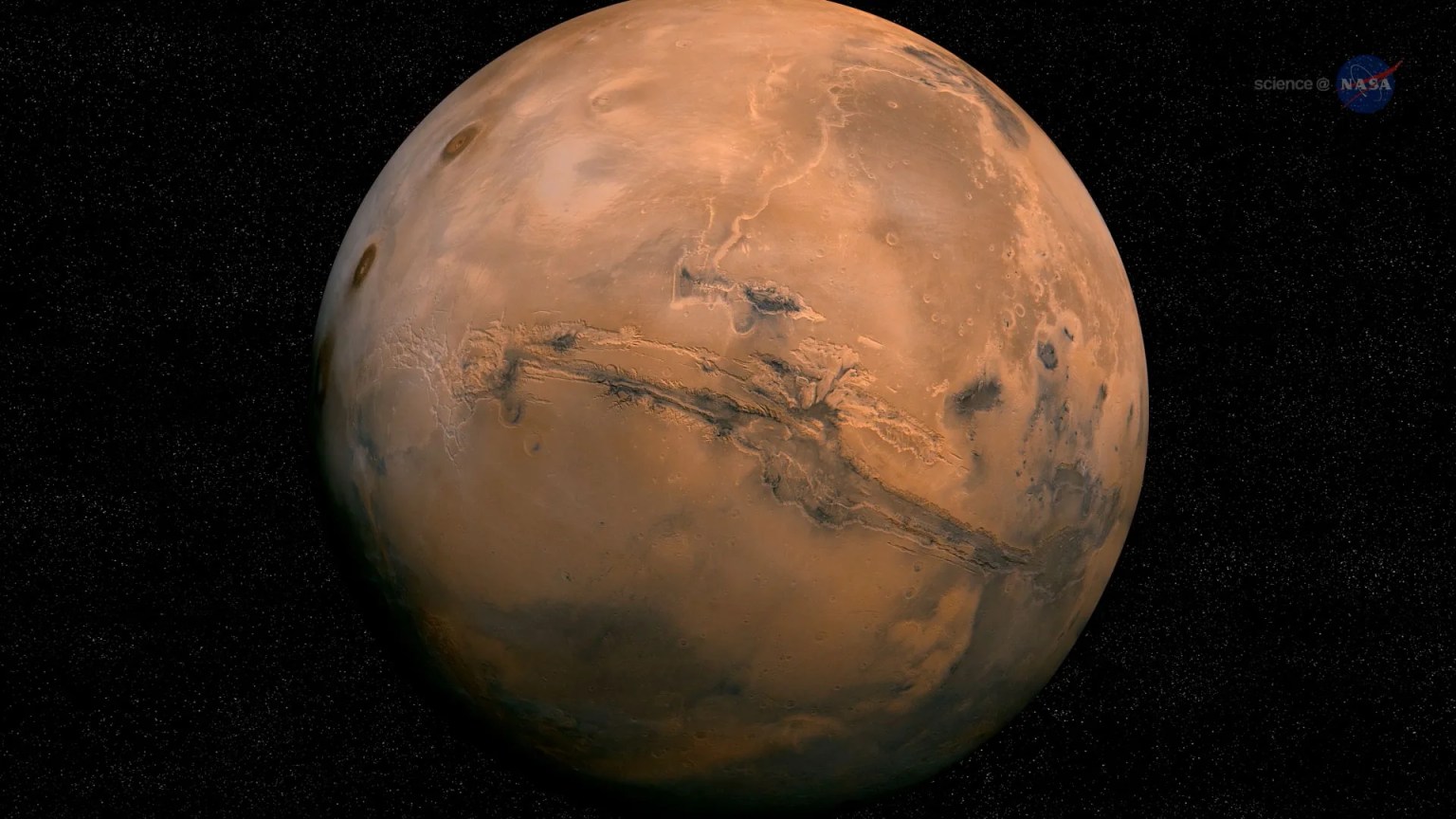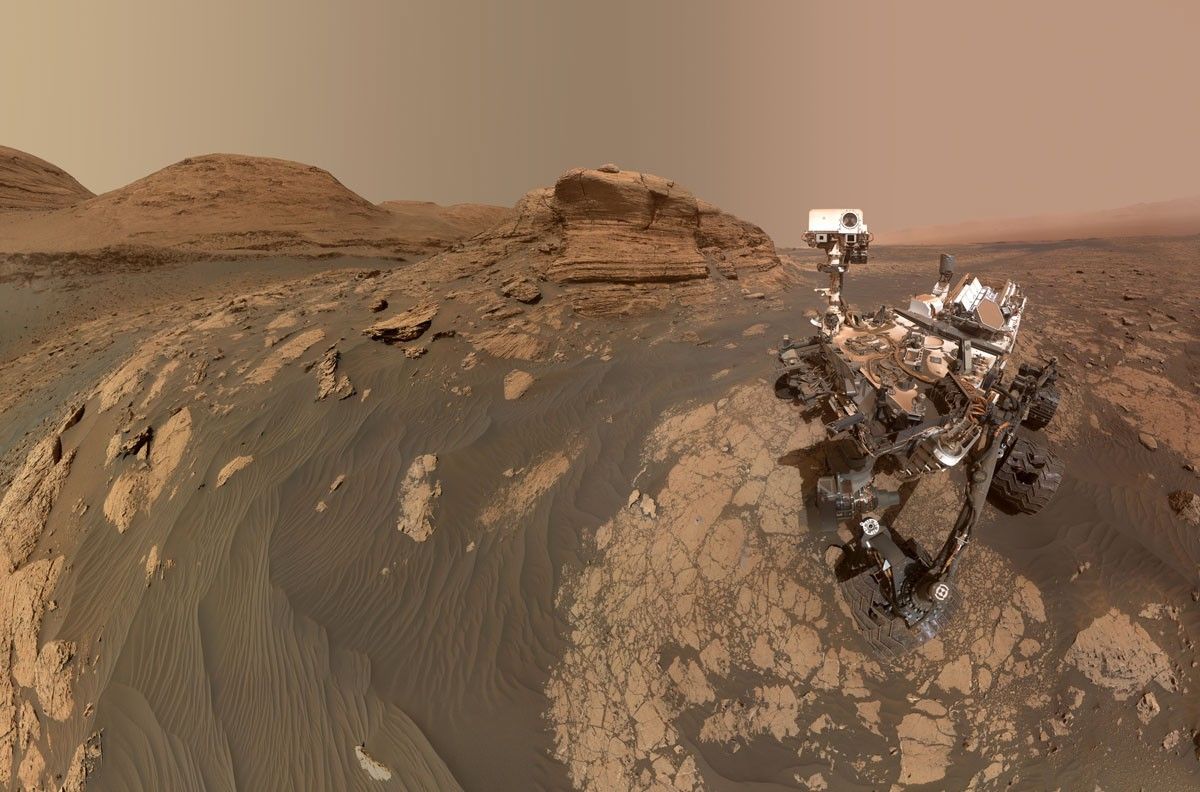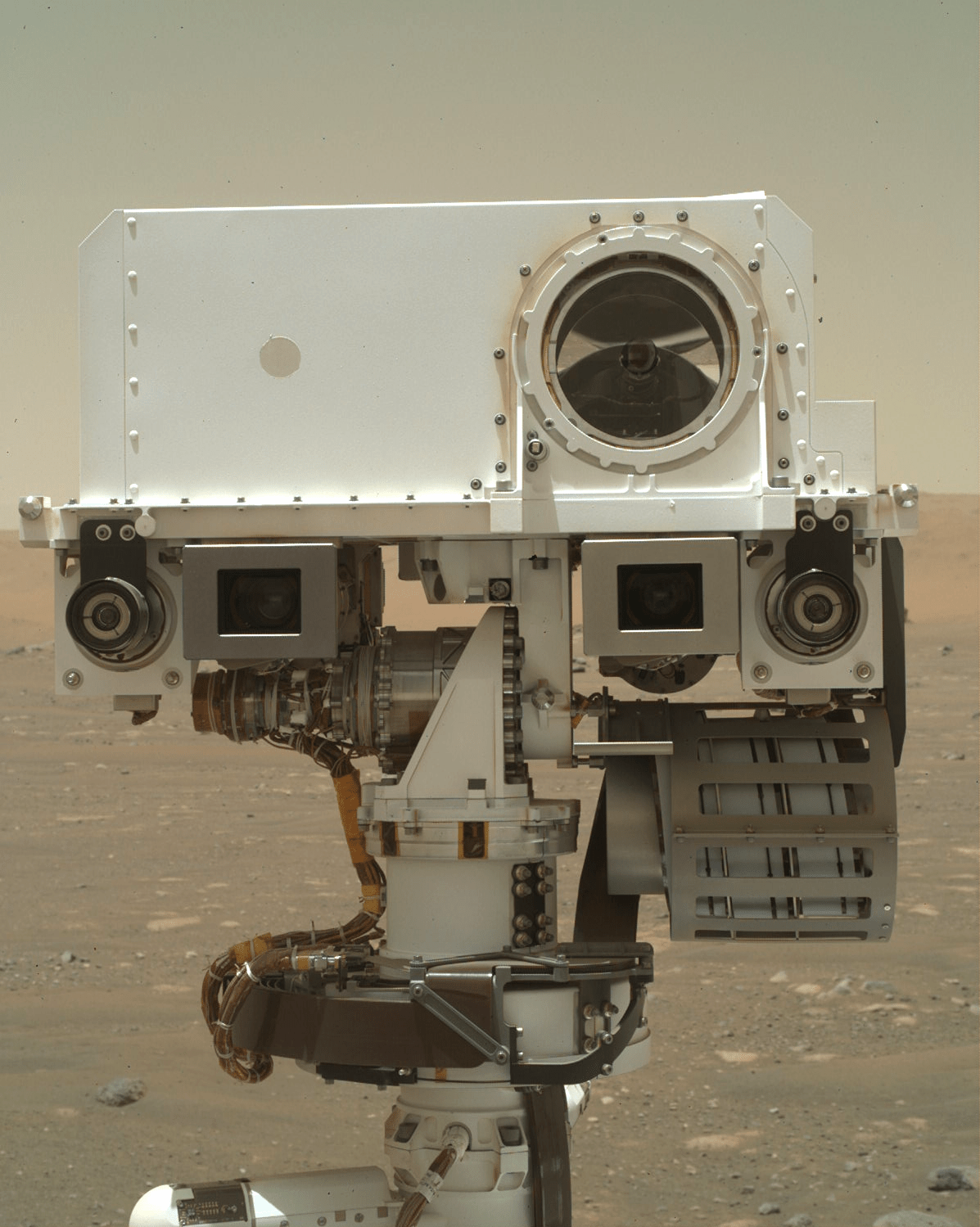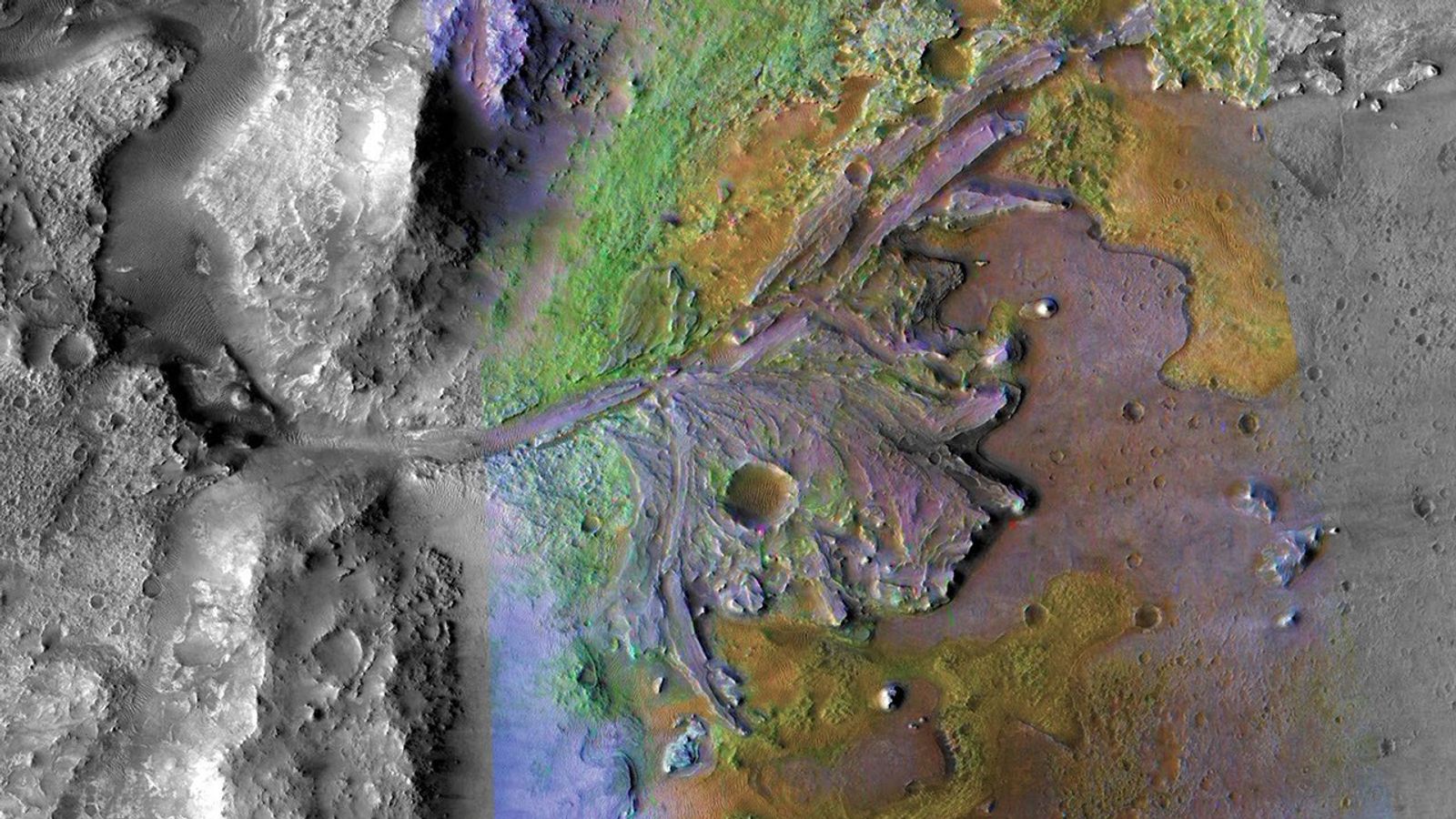Mastcam left image showing the Inverness and Grange targets in the workspace.
Today was an exciting day for me as a member of the APXS team and filling the role of payload uplink lead, as Sol 2217 marked a return to contact science activities after our anomaly on Sol 2172. When the anomaly occurred, the APXS was poised to measure the composition of the freshly exposed "Inverness" bedrock surface (after an unsuccessful drill attempt on Sol 2170) to compare with the previously brushed surface and other fresh rock surfaces examined by APXS on the Vera Rubin Ridge. The plan today is to recover this measurement, with accompanying MAHLI imaging, as well as to get chemical and textural data (with APXS and MAHLI) on another interesting target in the workspace, "Grange." "Grange" appears to be an area of bright calcium sulfate (commonly observed as veins cross-cutting bedrock encountered throughout the mission), but with small, dark inclusions that might have an interesting composition.
We also planned ChemCam on a bedrock target "Clune" with accompanying Mastcam imaging, as well as Mastcam imaging of an interesting area of rougher textured rock "Ayr" and multispectral Mastcam observations of the "Inverness" area. The plan was rounded out with some environmental monitoring activities including DAN passive and REMS.
I am looking forward to getting the data down from these observations and comparing the chemistry and textures of these rocks with other rock targets encountered on the Vera Rubin Ridge. The chemistry and textures can provide clues to the conditions the sediments were deposited in as well as subsequent events such as diagenesis (as the sediment is buried, compacted and cemented and turned into a rock), and later alteration.
Looking ahead, Curiosity is hoping to soon drive away from this site towards an area, "Lake Orcadie," where we will attempt another drill into one of these interesting bright grey areas identified from orbit on the Vera Rubin Ridge.
Written by Lucy Thompson, Planetary Geologist at University of New Brunswick

